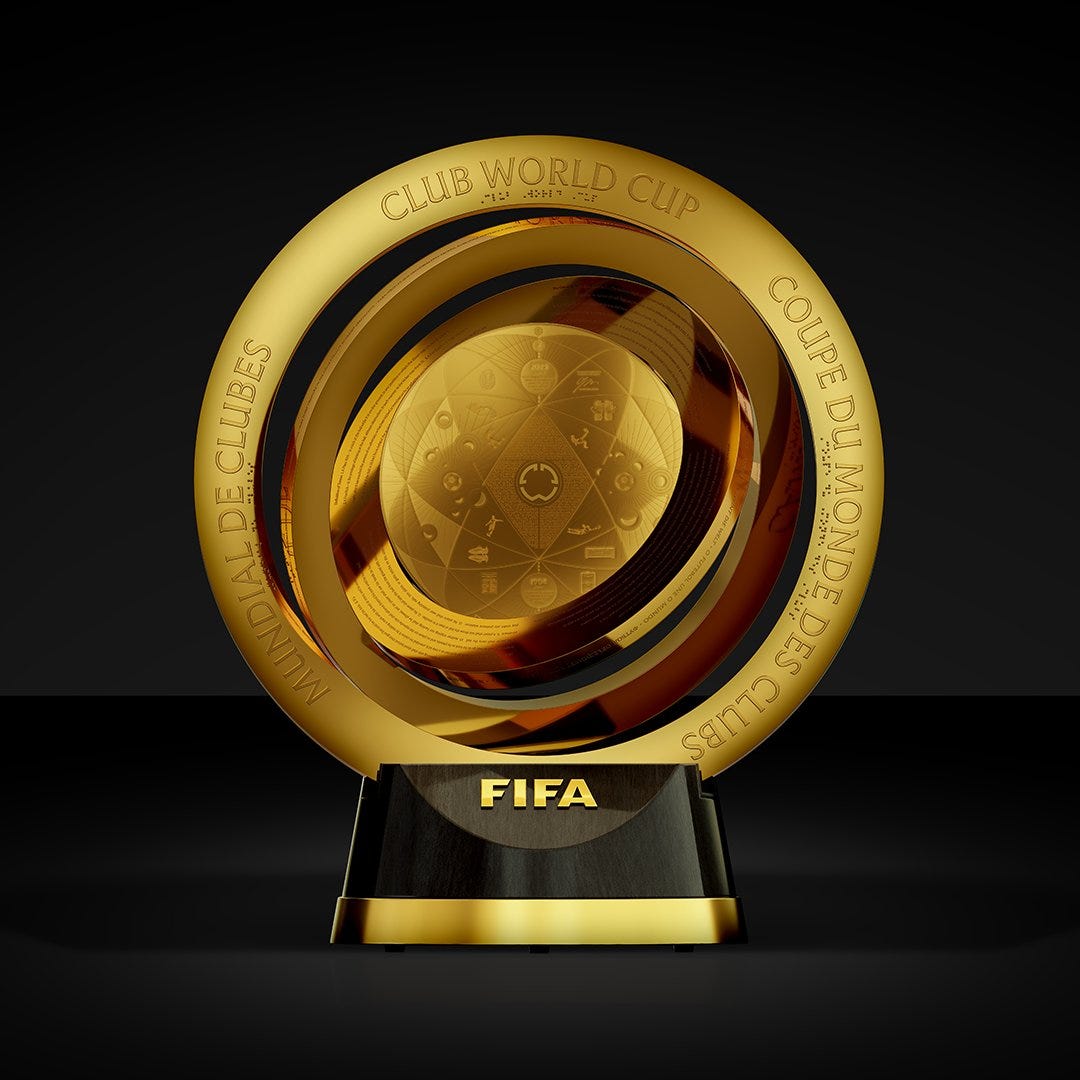What sponsors of FIFA's new Club World Cup tell us about football's geopolitical economy
Europe will have twelve teams competing at a tournament where it will have no sponsors
Some of Europe’s biggest football teams are in the United States with FIFA’s new men’s Club World Cup about to get underway there.
After its recent victory in the UEFA Champions League final, Paris Saint Germain is likely to be a strong contender for tournament victory, while Real Madrid is a perennial competition winner.
But despite Europe’s strengths on the field, it is much less well served off-it.
This relaunched competition has a roster of new sponsors, of which two are Chinese (Hisense and Lenovo), two are from the Arabian Gulf (Saudi Arabia’s Public Investment Fund and Qatar Airways), and two are American (Bank of America and Coca Cola).
Only one of the sponsors can claim European heritage; Budweiser has Czech lineage and is owned by a company that still has strong links to Belgium.
However, its owner - AB InBev - is nowadays as much American as it is Belgian.
There may be some simple explanations for the absence of European corporations as tournament sponsors, not least that the CWC is taking place in the summer when European audiences may be holiday and therefore not watching matches.
Sponsoring the tournament may not make sense in terms of return on investment, something that industry professionals also cite for European brands now shying away from a medium that typically delivers sub-optimal consumer engagement.
Asian brands that are newer to the sponsorship scene appear less concerned about such issues, instead deriving status through an association with one of the world’s most valuable, and most visible, sporting properties.
For instance, in China the mere fact of being a FIFA sponsor carries huge social capital for Chinese corporations, serving as a source of national pride and facilitating favourable relationships with government.
But there are also some worrying truths for Europe and its industries.
European corporations are no longer commonly amongst the biggest or most powerful organisations in the world, indeed the consequences of 2008’s global financial crash still have many seeking value for money from everything they do - spending millions of dollars on sponsorship often doesn’t make financial sense to them.
Chinese corporations are increasingly more powerful, which means they can outbid, outfight, and outthink European rivals, especially when it comes to sponsorship deals with the likes of FIFA.
The same goes for corporations from the United States, which remains both the world’s biggest economy and its biggest sports economy.
And then there are the Gulf nations: oil and gas rich, motivated more by national vision and geopolitical ambition than marketing objectives.
Their state-led, ‘money no object’ approach to sponsorships continue to be an anathema to many Europeans - sponsors, fans, the media and otherwise.
There’s a strong chance that a European team will lift the CWC trophy at the MetLife Stadium in New Jersey on 13th July.
Meantime, off the pitch, there’s a growing sense that Europe is losing.





While Adidas is a FIFA partner, it has not signed up to be a CWC partner. See here for the full list of partners https://www.fifa.com/en/tournaments/mens/club-world-cup/usa-2025/tickets
There's a mistake in your post - adidas is a Club World Cup sponsor. And it's European company from Germany